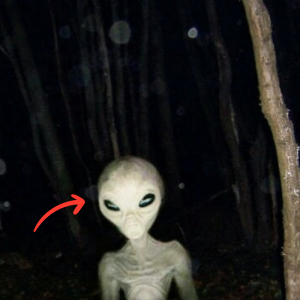
Astrobiology, the study of life beyond Earth, has unveiled a trove of revelations about the diverse forms of alien life that might exist in the cosmos. The search for extraterrestrial life fascinates scientists and enthusiasts alike, leading to discoveries that challenge our conventional understanding of life. From extremophiles thriving in inhospitable environments to potential biosignatures on distant exoplanets, the revelations about alien life are both awe-inspiring and thought-provoking. Exploring these astrobiological marvels not only broadens our knowledge but also fuels our curiosity about the mysteries of the universe.
Unveiling Exotic Life Forms: The Diversity of Alien Biology

One of the most astonishing aspects of astrobiology is the staggering diversity of potential life forms that could exist beyond Earth. Life, as we know it, is based on carbon chemistry, but investigations into extremophiles—organisms thriving in extreme conditions on Earth—hint at the possibility of alternative biochemistries. This discovery opens the door to the potential existence of life forms with radically different biochemistries, challenging the conventional boundaries of what defines life. The exploration of alien life diversity extends our understanding of the conditions that could harbor life and propels us to explore beyond the familiar confines of Earth’s ecosystems.
Adaptation and Survival: Extraterrestrial Organisms in Hostile Environments

Astrobiological research has revealed the adaptability of life in environments once thought inhospitable. The discovery of extremophiles in harsh conditions on Earth, such as deep-sea hydrothermal vents or acidic hot springs, hints at the potential for life to exist in seemingly uninhabitable extraterrestrial environments. This resilience of life in extreme conditions sparks contemplation about the possibility of life on distant worlds, including planets with harsh climates or celestial bodies with unconventional characteristics. Understanding how life adapts and thrives in such environments provides crucial insights into the potential habitability of exoplanets and moons beyond our solar system.
Astrobiology and UFOs: Navigating the Intersecting Realms

The realms of astrobiology and unidentified flying objects (UFOs) intersect in the search for extraterrestrial life. While astrobiology focuses on the scientific exploration of potential life forms, UFO phenomena sometimes spark speculation about the existence of intelligent beings visiting Earth. Though distinct fields, the connection between the search for alien life and reported UFO encounters propels discussions about the myterity surrounding these phenomena. As astrobiology continues to reveal the astonishing diversity and adaptability of life, the correlation with UFOs deepens the intrigue, fostering curiosity about potential life forms and intelligent beings beyond Earth.
Conclusion: Astrobiology stands at the frontier of scientific discovery, unraveling the complexities of alien life forms and their potential habitats. The revelations about diverse biochemistries, adaptation in extreme environments, and the quest to identify habitable exoplanets are reshaping our understanding of life’s potential beyond our planet. As we delve deeper into the astrobiological marvels, the connection with UFO phenomena amplifies the myterity, urging us to explore further and unravel the enigmatic aspects of both alien life and the intriguing encounters with unidentified aerial phenomena.








